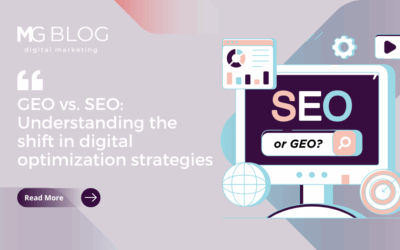Everyone and their mother seems to be claiming to have an “Internet of Things” or “Internet of Everything” play these days. From startups to tech giants, competition is fierce, and the offerings seem to be endless – and quite frankly confusing.
Machina Research has taken an in-depth look at the competitive landscape and determined that it’s often nearly impossible to understand what distinguishes one IoT platform from another in this very crowded space. If analysts and researchers are having trouble distinguishing between solutions, how are customers feeling?
The good news is that as the market is starting to mature, consumers are better understanding what IoT entails and execution teams are becoming more educated about what exactly they need to create, deploy and manage a connected solution. The caveat is that the deeper you go, the more questions arise about how to make a sound technology vendor/product investment, especially in a market with limited tangible enterprise-scale use cases and demonstrable results.
For technology providers, it means it’s time to be more specific about not just what they’re selling, but the vocabulary they are using carve out their market niche and differentiation. To get there, here are a few messaging best practices any IoT solution communicators should keep in mind to ensure prospects understand the value of your company or the offering you are marketing:
- Create your solution-led messages with the buyer(s) in mind. IoT is new for a lot of businesses and buy-in will be coming from different parts of the organization, from engineers in the trenches of development to C-level execs focused on strategy. Put in the upfront research to identify any white space in the market and let that guide your approach to messaging. Customers are becoming more savvy, so it’s important to make technical details available – say on your website or product sheets – but don’t lead with those details. Instead, focus on the problem being solved, the business benefits and end results a customer can expect.
- Be clear about exactly where in the IoT stack you fit. Claiming to be an end-to-end solution provider could wind up confusing customers who are trying to get a clear understanding of all of the pieces they’ll need to invest in to complete their IoT project. Spell out for your customers how they would deploy your offerings, as well as integrations that are possible or needed to solve their problem. Use cases are a powerful way to demonstrate value and spark interest in a potential buyer that may not necessarily fully understand how to get from A to Z.
- Don’t guess what’s important to your customers. There is a wealth of market research available today that will allow you to understand market demands. For example, IDC’s IoT buyer behavior research takes an in-depth look at levels of adoption, drivers and barriers and even budgets among IoT buyers. Use the knowledge available to identify a few areas of need within your market and map back to how your offering addresses them, and you’ll be a step ahead of the competition.
- Find your differentiator and shout it from the rooftops. If you have a truly unique technology, you’re ahead of the game, but be honest with yourself about whether there really is no competitor providing this set of capabilities. If you do have direct competition, maybe it’s your pricing options, extensive partner networks, open source model or company history that sets you apart. Whatever that differentiator may be, use it to your advantage!
- Go forth and share your message. Developing a messaging platform is a major process, and after a while it can be easy to get stuck on semantics or lose sight of the vision. Don’t limit your messaging to the four walls of your marketing department; test them outside of your team and bolster key points with third-party validation. Take advantage of audiences like analysts and trusted peers for feedback. Once a message is in place, bring your partners on board and help arm them with the details they need to do your story justice and reach your customer.
For more on this topic, check out our eBook on 7 Marketing Strategies for Cutting Through the IoT Noise.
{{cta(’43c33aac-180a-4692-b025-026c2423e941′)}}



